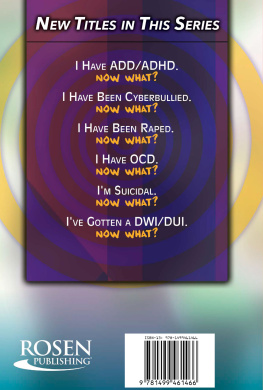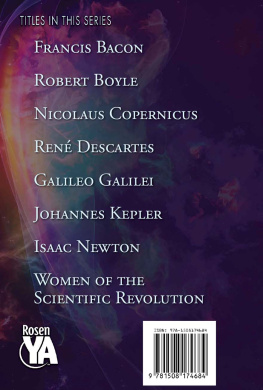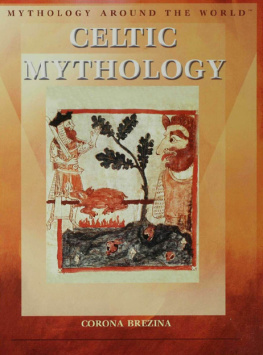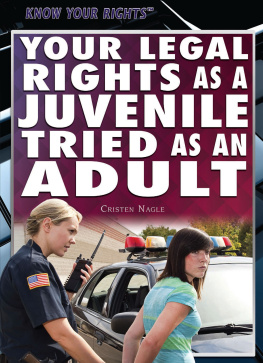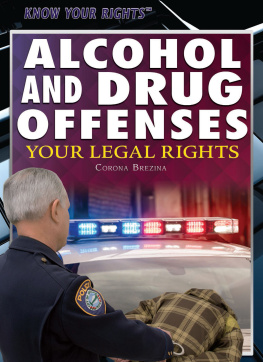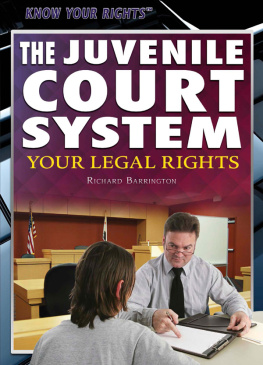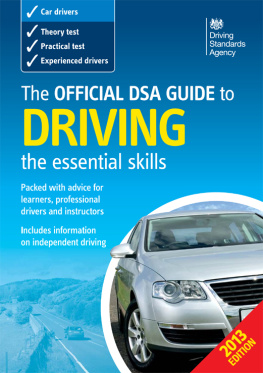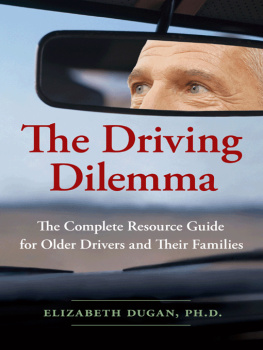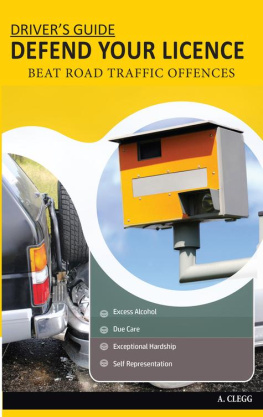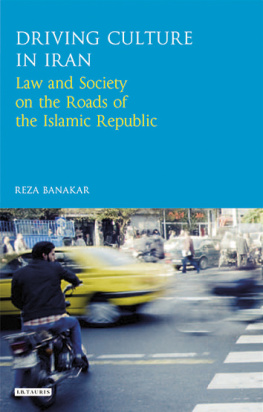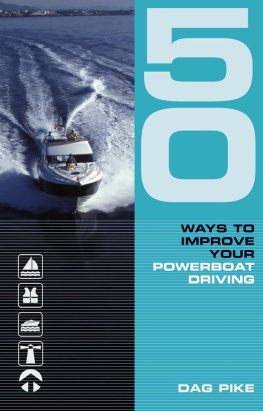Published in 2016 by The Rosen Publishing Group, Inc.
Copyright 2016 by The Rosen Publishing Group, Inc.
All rights reserved. No part of this book may be reproduced in any form without permission in writing from the publisher, except by a reviewer.
Brezina, Corona.
Ive gotten a DWI/DUI. Now what?/Corona Brezina.First edition.
Includes bibliographical references and index.
1. Drunk drivingUnited StatesJuvenile literature.
2. Drunk drivingLaw and legislationUnited States Juvenile literature. 3. Teenage automobile drivers
Alcohol useUnited StatesJuvenile literature. I. Title. HE5620.D72B74 2015
For many of the images in this book, the people photographed are models. The depictions do not imply actual situations or events.
INTRODUCTION
Y oure driving home and you see the lights of a police car start flashing behind you. Your first fear is that youll get a ticket for speeding or some other infraction. Of course, you dont look forward to explaining it to your parents or paying for the higher insurance rates. But as bad as it is to get a traffic ticket due to carelessness or bad judgment, the penalties for drinking and driving are much more severe. A driving while intoxicated or driving under the influence (DWI/DUI) charge isnt a ticketable offenseits a misdemeanor or felony crime that involves the criminal court or juvenile justice system.
The penalties for a DWI/ DUI charge are severe, and for good reason. Drunk and drugged driving are public health threats. Impaired drivers cause more than ten thousand deaths and injure hundreds of thousands more every year, according to the National Highway Traffic Safety Administration (NHTSA). Public and private agencies have worked to raise awareness of the issue and take steps to reduce the harm done by drunk and drugged drivers. Some of these are prevention measures, such as screening for alcohol or drug problems during medical checkups, but most involve enforcement of the laws and sanctions for DWI/DUI offenders.
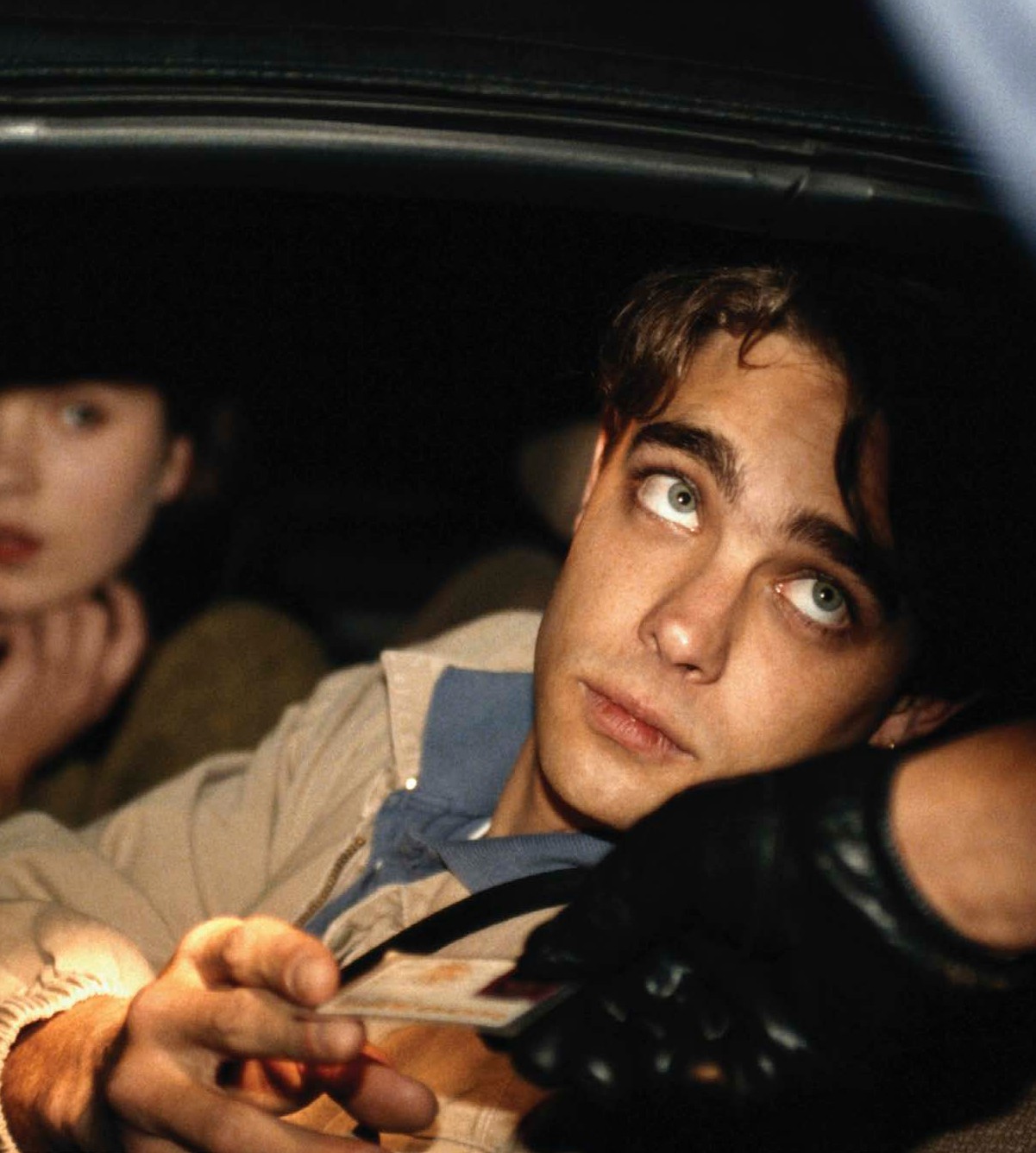
In most cases, a police officer must have probable cause for a traffic stop. A DWI/DUI offender is likely to show signs of impairment, such as swerving or erratic driving.
A driver convicted of a DWI/DUI will pay a large fine, have his or her license suspended or revoked, be required to attend a DUI prevention education program, see insurance rates increase if the policy isnt canceled outright, and end up with a juvenile or criminal record. Additional sanctions may be imposed depending on state law. And these are the minimum penalties for a first-time offensethe sentence is intended to deter an offender from a second offense. Punishments for subsequent offenses are much harsher.
The laws are even stricter for underage drivers. Its illegal for an adult to drive impaired, but its illegal for a young adult under the age of twenty-one to drink alcohol in the first place and an even more serious offense to drive under the influence. A DWI/DUI is a very serious charge, and the laws pertaining to drunk driving are complex and sometimes confusing. If youre affected by a DWI/DUI case, you should acquaint yourself with the terminology, your legal rights and responsibilities, and the legal process involved in a typical DWI/DUI charge.
E ven if youve never been personally involved in a DWI/DUI incident, the repercussions of drunk driving still impact you. According to the NHTSA, 10,322 people were killed in crashes involving an intoxicated driver in the United States in 2012. Hundreds of thousands more were hurt in crashes, sometimes receiving injuries that changed lives and required months or years of treatment and rehabilitation. These tragedies come with a high economic toll, as well. The NHTSA found that drunk driving cost the nation nearly $49 billion every year in property damage, insurance costs, medical bills, lost productivity, and other expenses. When factoring in the lost quality of life of the victims, the amount is quadrupled.
R educing A lcohol -I mpaired D riving
Many official reports use the term alcohol-impaired driving when discussing traffic safety statistics. Most people just use the less precise description drunk driving. A driver is considered alcohol impaired if his or her blood alcohol concentration (BAC) exceeds the legal limit or if the individuals thinking and actions are affected by drugs or alcohol.
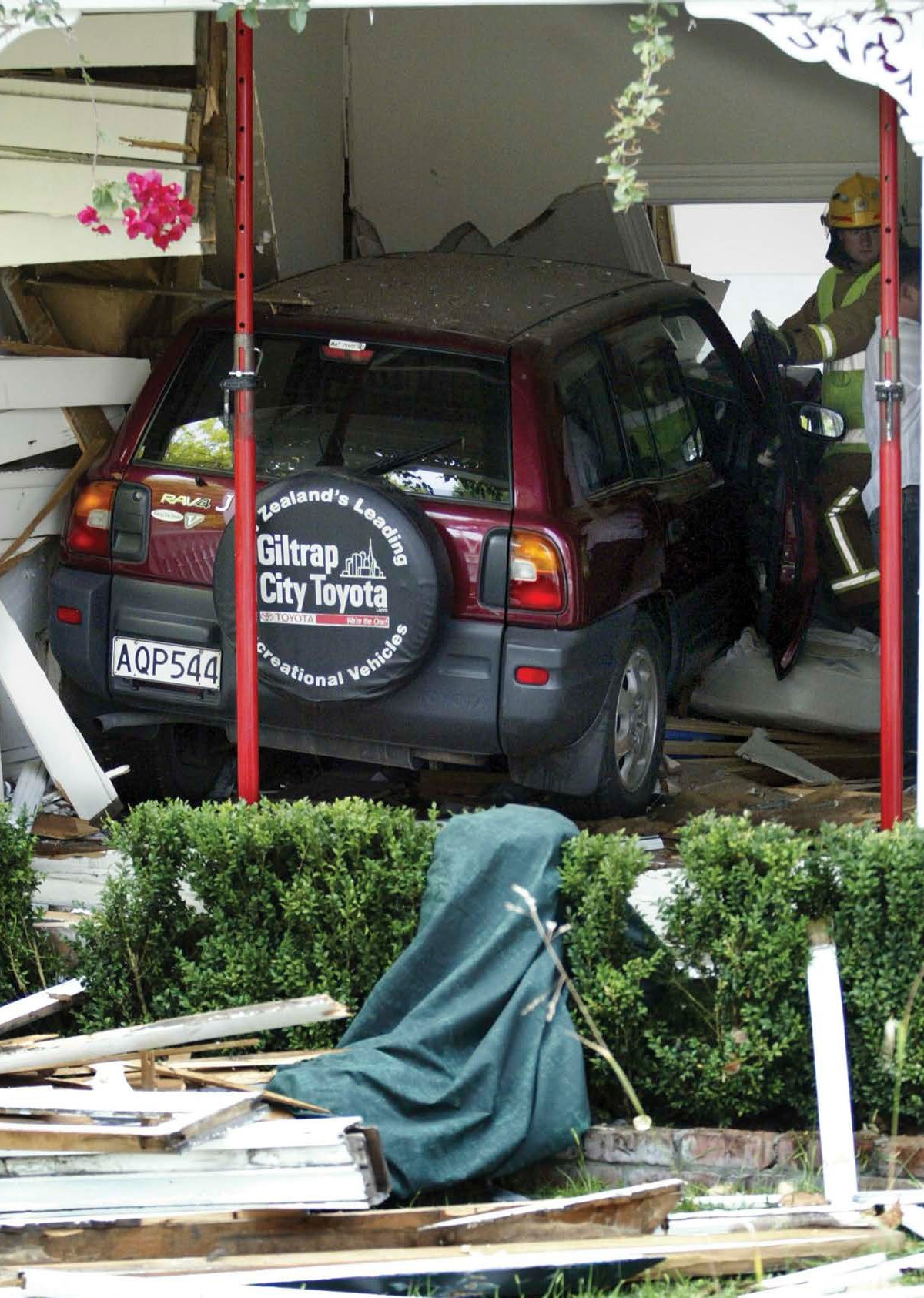
Drunk driving endangers the health and property ofthe driver, passengers, other occupants of vehicleson the road, and anyone else who happens to bein the vicinity.
In this condition, a drivers physical coordination is diminished. Concentration and perception are affected. It might be obvious to anybody else that an alcohol-impaired individual would be a danger on the road, but alcohol impairs judgment, as well.
Drunk driving has been a problem almost since the invention of the automobile, and laws have been slow to keep pace. In 1905, for example, a wealthy twenty-two-year-old man named Barbee Hook hit and killed an elderly pedestrian while speeding through a residential area in Los Angeles, California. He had been drinking whiskey before driving. Hook was tried for manslaughter, and the case was closely followed by the press and public. The jury acquitted Hook after less than an hour of deliberation.
Throughout the first half of the twentieth century, such acquittals were common. Many state laws addressing drunk driving were lenient or inadequately enforced. After the invention of BAC testing machines, experts at the time recommended a 0.15 BAC to be the level at which an individual was considered impaired. That is nearly twice the legal limit of today. Although critics called for harsher laws and penalties for drunk driving incidents, offenders could often count on being treated lightly in court.
In 1966, the National Highway Safety Agency was formed (today it is called the NHTSA). The agency began considering new measures related to alcohol and highway safety. Few reforms were put into place over the next fifteen years, however, and the American public showed little concern about the consequences of drunk driving.
This apathy began to change around 1980, as victims of drunk drivers turned to activism. They began publicizing their cause and putting pressure on lawmakers. In 1980, two women founded MADD Mothers Against Drunk Drivers (later changed to Mothers Against Drunk Driving). Both women had seen their lives shattered by the actions of severely intoxicated drivers with a past history of drunk driving. Cindi Lambs infant daughter was partially paralyzed in a car crash, and she later died from complications. Candy Lightners teenage daughter was struck and killed by a hit-and-run drunk driver.

